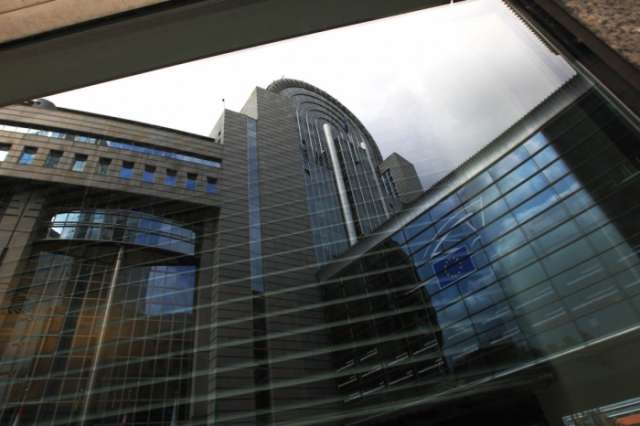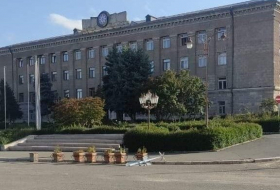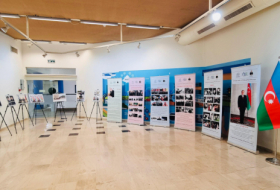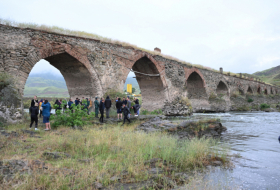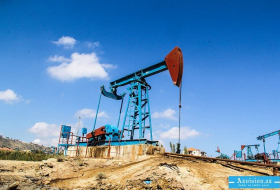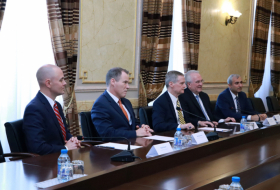The Parliament’s administration — under Secretary-General Klaus Welle — is weighing options that include refurbishing the building or a total rebuild. Either option is hard to explain to EU taxpayers and will be an easy target for Euroskeptics, who already pillory Parliament for having two seats — in Brussels and Strasbourg.
The Bureau, comprising Parliament’s President Antonio Tajani and 14 vice-presidents from the ranks of the 751 MEPs, will meet in Strasbourg on Monday to discuss the “renovation of the Paul-Henri Spaak (PHS) building,” according to a draft agenda seen by POLITICO.
The Paul-Henri Spaak building includes the “Hemicycle” where plenaries take place when Parliament is in session in Brussels, as well as Tajani’s office and facilities for receiving visiting dignitaries. The building was completed in 1993 at a cost of 42 billion Belgian francs, or just over €1 billion.
Welle, the Parliament’s chief administrator, has prepared a note to inform MEPs of the state of play — and nudge them in the direction of the rebuilding option, rather than renovations.
Dated May 11 and marked “strictly confidential,” the note — a copy of which was obtained by POLITICO — says: “The Administration recommends that the structure should be rebuilt rather than reinforced.”
“That will ensure that, once the work has been completed, the building will be fully compliant with the Eurocode structural robustness specifications and will satisfy all of Parliament’s operation requirements,” it says.
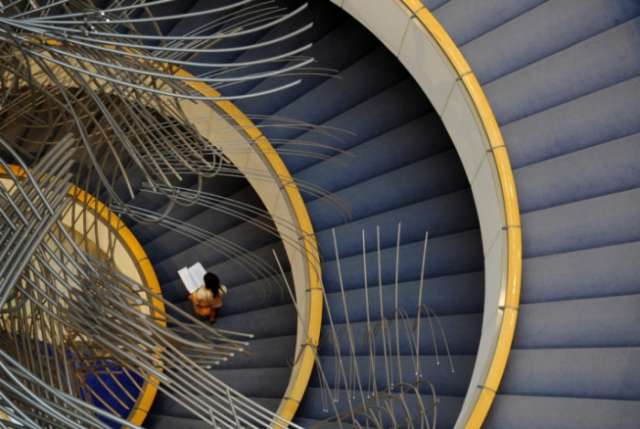
A staircase in the Paul-Henri Spaak building | John Thys/AFP via Getty Images
No final decision, which would anyways involve other bodies such as the Parliament’s Budget Committee, is expected to be taken Monday. “It is all about a technical evaluation of the building as a result of two external studies,” Welle told POLITICO in an email.
The note says the “life cycle” of the European Parliament’s Spaak building is coming to an end, pointing out that rather than being purpose-built, it was “developed and constructed as an international conference center by a Belgium real estate promoter in the late ’80s” before being taken over by the Parliament.
In 2012, the building suffered what the note helpfully reminds MEPs was a “partial collapse of the roof of the Plenary Chamber,” caused by cracks detected in the roof of the building. Fortunately for European democracy, it happened in August when Parliament was in recess and got patched up.
The building, in its current state, does not meet European standards (known to some as “Eurocode”) in terms of how the structure would respond to partial damage, Welle says in the note.
“Any structure that does not have the requisite degree of robustness will behave like a line of dominoes: when an accidental event occurs, the destruction of a given element will result in the destruction of the surrounding elements in a chain reaction that will continue until a large part/all of the structure is destroyed,” says the note.
The Parliament commissioned two external studies to evaluate what could be done and an expert who carried out the first of the studies will be present at Monday’s bureau meeting, Welle told POLITICO.
However, the conclusion of the studies, according to Welle’s note, is that “overall reinforcement” would be “extremely costly,” “extremely complex” and “would take a long time to complete.” It adds that constructions sites tend to bring “considerable disruption (noise)”. Therefore, his recommendation is to build a new structure, with proposals to be presented at a later point.
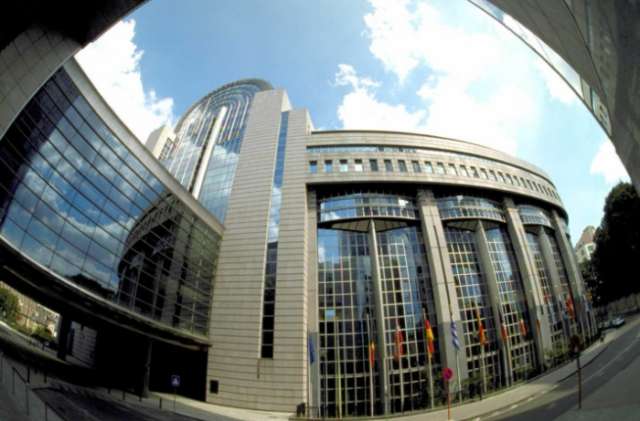
The Parliament building does not comply with “today’s norms on robustness,” according to a note from Secretary General Klaus Welle | Isopress via Getty Images
Welle’s note doesn’t include a cost estimate. One of the technical studies estimates that reinforcing the building to prevent a dominoes-style collapse — but not going for a more substantial overhaul — “a total investment of €30 million.”
The conclusions of the report, conducted by German engineering consultancy TÜV Süd, are attached to the Parliament Secretary-General’s note — but both the Germany study and the second one, by CSTB of France, recommend a new building.
“TÜV SÜD sees more positive effects in reconstruction to create a new building defined exactly for the use of the European Parliament,” say the Germans, while the French group says it “recommends that …option 2 (rebuilding) should be chosen.” except for one part.
The Parliament has been looking at the problem for years: In 2010, the Spaak building was included in a list of sites needing major works; and in 2015, the Parliament’s in-house directorate general for property presented a confidential cost estimate for three options, from renovation to rebuilding.
Rebuilding, said that in-house document, “reflects the real institutional ambitions of the Institution” and “answers the serious security matters relating to the structural stability of the building,” as well as being the only option that allows for “full implementation of the Restaurant strategy.”
The cost? According to that in-house estimate, rebuilding would require an investment of €430 million at 2015 prices, plus or minus 10 percent. The risks involved in this option, the document says, “are definitely manageable.”
More about: #Brussels #headquarter








